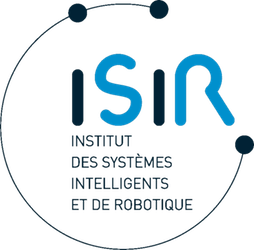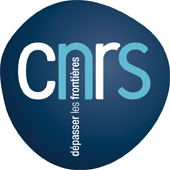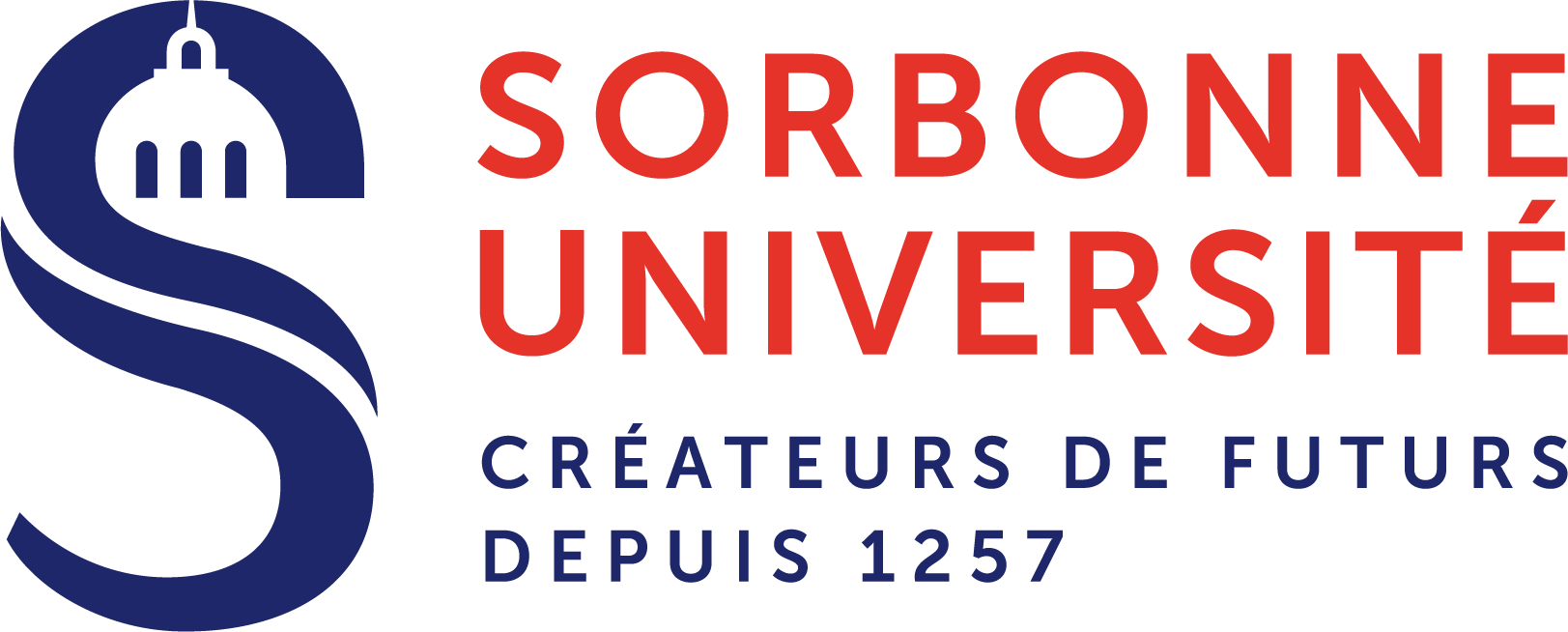We are continuously looking for excellent interns, PhD students, Postdocs and engineers in the following areas:
- HCI & Cognitive Neurosciences: User modelling; Cognitive control; Skill acquisition; Role of practice; Decision-making; Behavioral change; Cognitive bais; Computational Rationality
- HCI & ML/AI: Interactive Machine-Learning (ML); Human-AI interaction; Human-Robot interaction (HRI); Deep-Learning; Reinforcement Learning; Trust; Transparency
- HCI & Virtual Reality: Visio-haptic illusions; Haptic feedback; Robotic Graphics
- HCI & Health: Surgical Telementoring; Surgical Learning; Rehabilitation; Surgical Robots
- HCI & Society: Sociotechnical systems; Science and Technology Studies; Critical studies
Master Internships
- Using Deep Learning to Predict User Intention in Virtual Environment (contact: Gilles Bailly)
- Optimal Schedules for Comparing Recall Based Interaction Techniques (contact: Julien Gori)
- Towards Adversity-Aware Intelligent Agents (contact: Julien Gori)
- Auditing in Interactive Machine Learning (contact: Baptiste Caramiaux)
- Beyond Normativity in Generative AI through Creative Practice (contact: Baptiste Caramiaux)
- CollaborativeSpreadSheet (contact: Gilles Bailly)
- Illusions in VR (contact: Gilles Bailly)
Ph.D. Theses
do not hesitate to contact us if you are interested in one the topics above.
Postdoctoral and Research Engineer positions
How to apply?
If you choose to apply for one of the listed positions, please send an e-mail to the person indicated in the listing of the position.
In your email please include
- A short statement of your interest in the position you are applying for,
- A recent CV,
- If applicable: a list of your previous HCI publications / HCI projects with links to the full-text of your publications,
- 1 reference (2 references for Post-docs) who can write a letter of recommendation for you.
Why apply at HCI Sorbonne?
The development and the success of our students (from Bachelor to PhD) is a high priority in our group. We provide regular and personal guidance to ensure that students learn to lead successful research projects.
Our group has a strong track record at the CHI conference and is part of the exciting and multi-disciplinary ISIR laboratory (robotics, machine learning, perception, cognitive science, haptics, social interaction, etc.). The ISIR lab is a part of Sorbonne University, formerly Pierre et Marie Curie University, merged in 2018 with the University Paris-Sorbonne to form three autonomous faculties: Humanities and Social Sciences, Sciences and Medicine.
Key Figures
58 800 students (10 000 are international students), 5 200 doctoral candidates, 7 700 professor-researchers in 200 laboratories.










